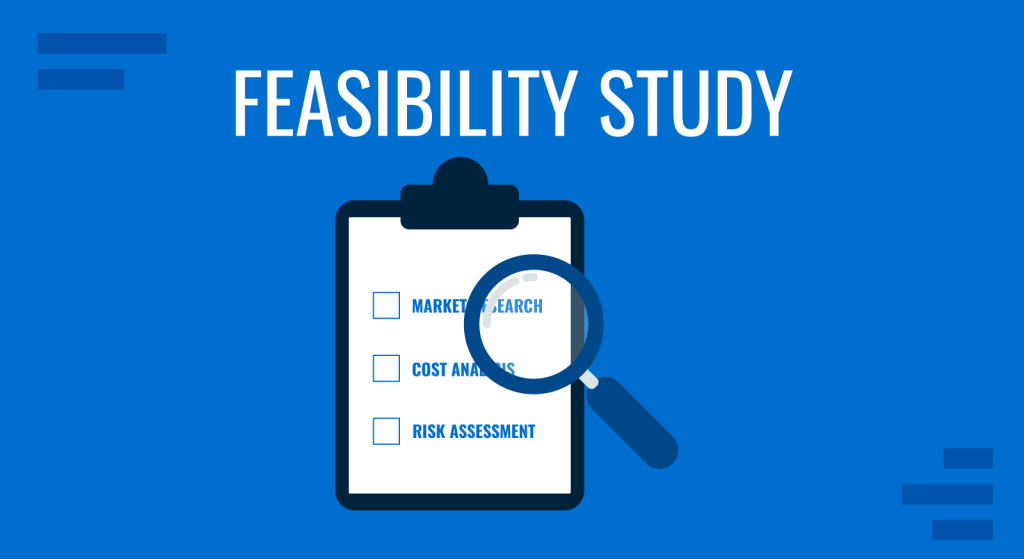
It’s a well-known fact that projects fail more often than they succeed. This happens for a multitude of reasons, but the lack of proper planning tends to be the most common one. The best tool for determining whether your project will be a win or a loss is a feasibility study.
In this post, we’ll provide a quick feasibility study definition for those who are new to the concept, explain the importance of feasibility study for different types of initiatives, plus provide a quick framework for writing a feasibility report.
What is a Feasibility Study?
A feasibility study (also known as feasibility analysis) is an evaluation of a business venture or project aimed at determining its viability for execution and identifying potential bottlenecks. The main purpose of a feasibility study is to answer the next two questions:
- Will the suggested business/project work?
- Should your organization proceed with the execution?
Assessing feasibility in project management gives you several advantages:
Identity the optimal timing for launch/execution. Every business has multiple operational facets such as production cycles, supply chain, cash flow and financing operations that could impact the project success. A feasibility evaluation takes into account those factors plus the time of the year, thus allowing you to determine the optimal timeframe for conducting a certain initiative. As well, it you can see how the project results may change depending on when you decide to execute it.
Assess demand. Most business ideas are initially based on a “gut feeling”. But that feeling should be backed up by hard facts. Feasibility studies (similar to market analysis) allow you to gauge the depth of a demand for a product or service. This is equally important for both internal projects and external customer offers.
Make better cash flow projections. A feasibility study will help you determine whether you have enough cash at hand to adequately fund the project.
Gain better insights into supply chain management. Your plan may look good at the drawing board, but if it puts too much stress on one or more areas of your business, it will harm your company more than help. For instance, your go to market strategy indicates that launching a new product right now will be profitable. But if your sales/marketing teams are already swapped, you will need to either re-assign or hire more people. Or accept a less than expected outcome of your launch. A project feasibility study will help you determine whether that new product or service will stress your sales, production, billing, warehousing, and shipping operations and identify what kind of load your business can tolerate.
And here are some additional benefits of conducting a feasibility analysis:
- Helps narrow the business alternatives
- Improves resources assessments
- Aids with developing a strong business case
- Assists with decision-making during the project
- Enhances project teams’ focus
- Identifies the possible risks and reasons for not proceeding with the project
When to Carry Out a Feasibility Assessment?
Prof. Don Hofstrand from Iowa State University recommends conducting a feasibility study when you have one or more alternative business models or scenarios that you’ll want to explore.
In a nutshell, a feasibility study is a more detailed “follow-up” on your business plan and market research. Unlike the latter, a feasibility assessment takes a more holistic look at your business as a whole, including your business structure, operations, current offerings and target market(s).
Feasibility studies also include information on how you will deliver the product and what kind of resources you will need to accomplish the project/run your business. Additionally, feasibility studies are often needed when:
- You plan to secure funding from financial institutions and/or attract equity investments.
- You want to change the business location or open another branch.
- You plan to purchase new expensive equipment/software that will change your operations.
However, considering that feasibility studies are time- and investment-heavy investigations, there’s no need to do a feasibility study for every project. Here are a few good reasons to bypass it:
- You already know that the idea is feasible based on your past project, other research or competitor data.
- When your project is based on a regulatory requirement, and you must carry it out in any case.
- A recent feasibility analysis was conducted by another sub-division proving that a similar project can/can not be done.
The Types of Feasibility Study
Economic feasibility (also referred to as market feasibility): a detailed investigation into the current market landscape, future market potential, sales projections, competition and target buyers. This part also involves a costs and benefits analysis of the project at stake.
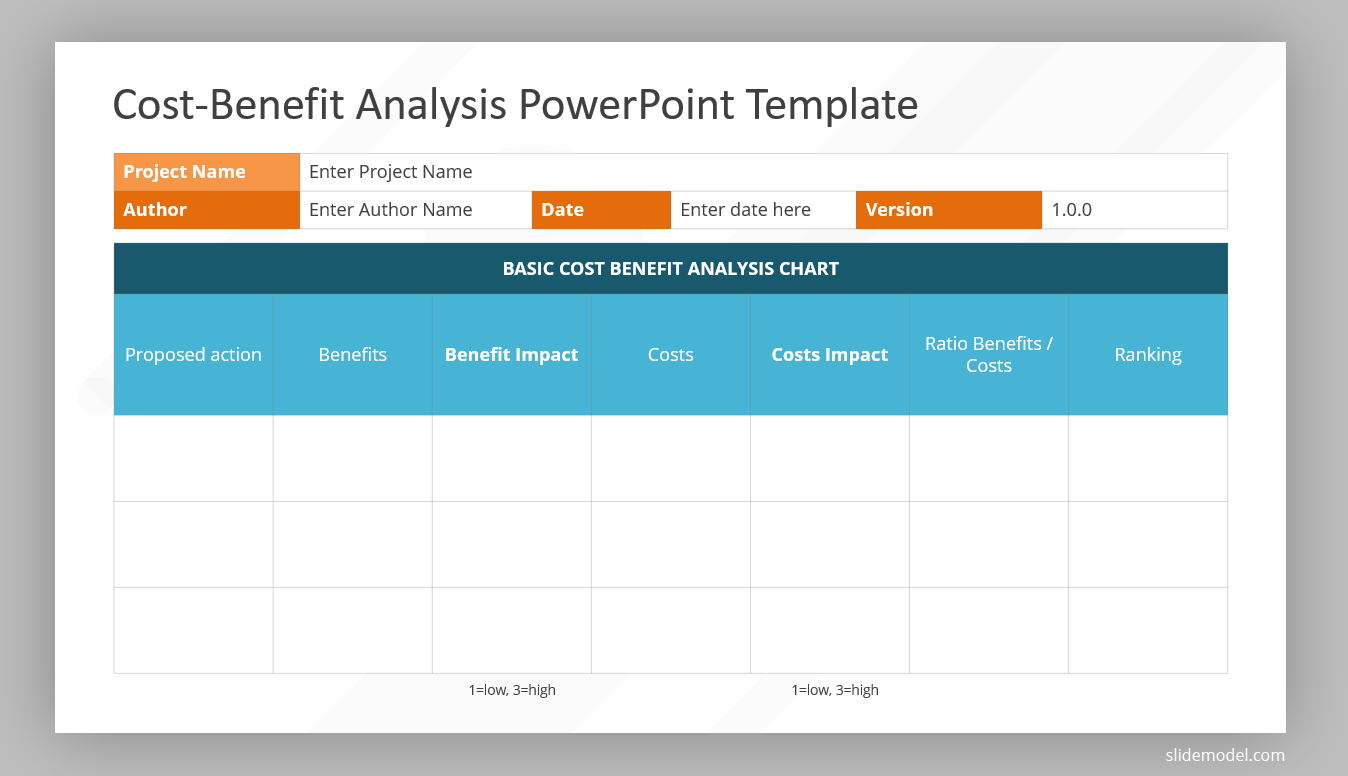
The goal of this type of study is to determine the positive economic gains for the business that the project will deliver.
Technical Feasibility. This part of study should answer the following question: does your company the technical capabilities and sufficient resources to carry out the project? Specifically, you’ll want to assess areas such as labor, materials, logistics and technology needs.
Legal Feasibility. Assess the legal and regulatory requirements for the project success and your company’s ability to meet them. Here’s a quick feasibility study example to illustrate this point. As a healthcare provider, you may be interested in migrating to the cloud to slash IT infrastructure maintenance costs. Public clouds such as AWS/Azure may seem like a good choice cost-wise. However, you will need to make sure that your new tech setup will be compliant with HIPAA requirements.
Operational Feasibility. This one dives into how well the company’s needs can be met by undertaking the project. Specifically, this area of study is geared towards answering the following questions:
- How will the work environment be affected by post-implementation?
- How the end-users (your team) feels about the new process/project that will be implemented.
- Can the proposed system/process work in your company, and how well?
Operational feasibility assessments are typically conducted for internal business projects.
Risk Assessment. Determine what risks and challenges are associated with the project. Are those risks/constraints outweigh the possible benefits of the project?
After analyzing these areas, you can draw the conclusions that should clearly communicate the possible risks your project may face such as:
- External Constraints: Logistics, Laws and Regulations, etc.
- Internal Project Constraints: Technology, Budget, Resources, etc.
- Internal Corporate Constraints: Financial, Marketing, Export, etc.
How to Do a Feasibility Study: Step-by-Step Guide
We should start by saying that there’s no unified feasibility study format. Every organization has different needs and operational structures. While each feasibility study includes the elements mentioned above, the final format will be commanded by the type of project in the spotlight. Hence, in this section, we’ll provide the general framework for performing a feasibility study that can be easily customized for different initiatives.
Ground Zero: Before you decided to perform a full-fledged feasibility study, it’s worth to conduct a pre-feasibility analysis to weed out the non-viable business ideas. This will save you a lot of time and money in the long run.
This preliminary assessment should be aimed at determining the clearly prohibitive issues your project may face such as:
- Regulatory requirements that stall the implementation
- Lack of market depth
- Insufficient labor resources
- Clearly negative ROI post-implementation
If your workgroup has not found any significant roadblock during the early exploration, it’s worth pursuing a more detailed investigation. Here are the essential tips for writing a feasibility report, and creating a presentation to complement it.
Step 1: Establish a Clear Project Scope
Without a well-defined project scope, your feasibility study may end up being too long and scattered. Hence, before you begin any work, determine whether you will need to assess all five parts of feasibility study or just several of them? You can use the following feasibility analysis template to help you with that:
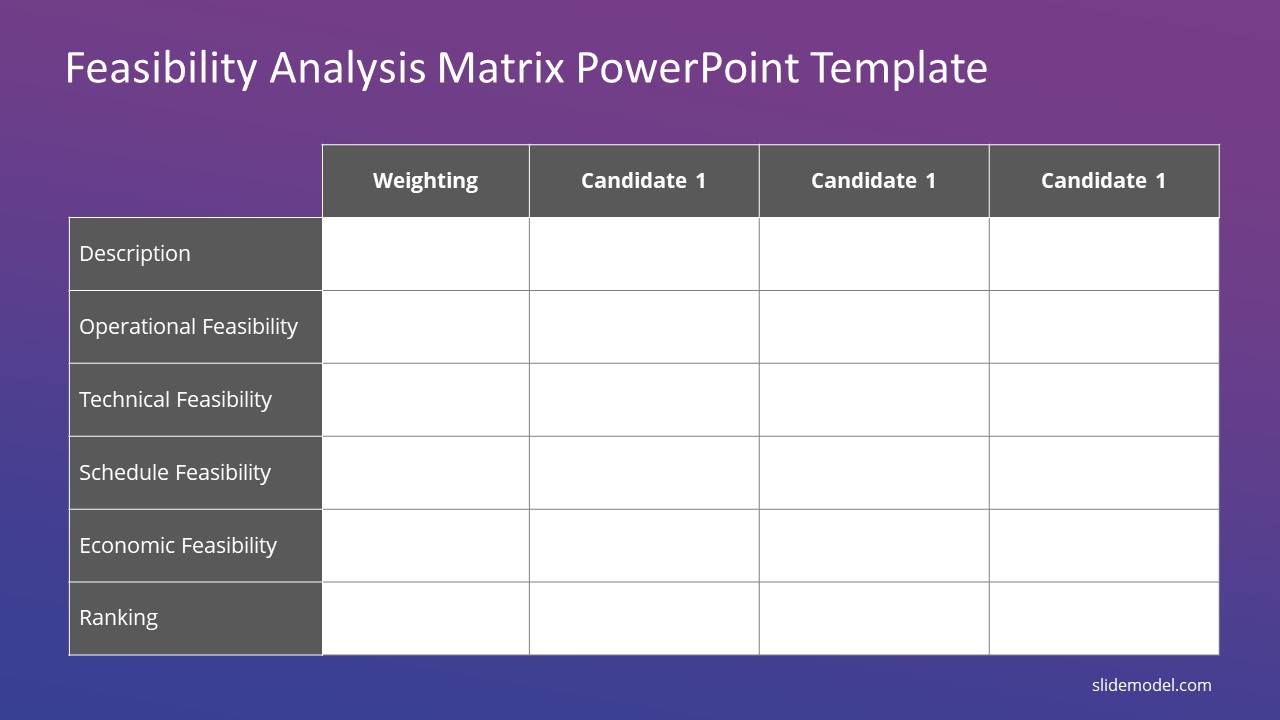
To narrow down the project scope, at first take a look at all five analysis elements and consider which areas of business will be most affected by your project. But mind that even if you aren’t proposing a major project that will impact the entire organization (new product launch), your actions may still have an impact on all sectors of your business.
The key here is to understand the different end-users and participants of the proposed project. Asking the following questions should help:
- How the internal stakeholders (your employees) will be affected?
- What will change for external customers/clients?
Additionally, analyze the current situation of your business. Do a quick SWOT analysis to determine the current weaknesses and strengths of your business, plus new opportunities.
>> Recommended template for presentations: Detailed SWOT Analysis PowerPoint Template
Afterwards, analyze the operational benefits and savings you plan to gauge post-implementation.
Step 2: Conduct Market Analysis
Next, you’ll want to determine if there is a viable place for your project within the target market and how strong your competition is. Using a business model canvas as part of your feasibility study template can be incredibly helpful in this case:
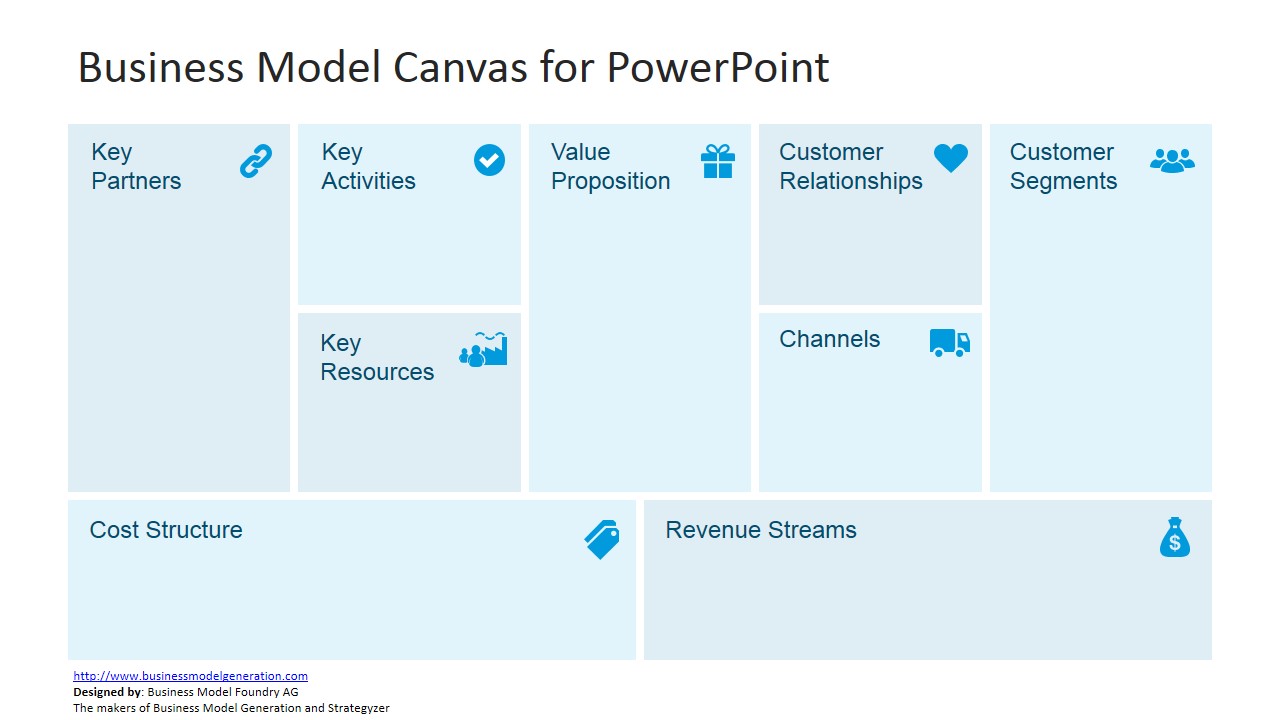
You have nine boxes to fill in here:
- Feasibility: Key in-house resources available, key activities, key partners and unique value proposition.
- Desirability: Targeted customer segments, current customer relationships (can be assessed using the VoC data), main marketing or distribution channels.
- Viability: Cost structure (costs and benefits analysis) and revenue streams.
Step 3: Determine the Financial Costs of Execution
No matter what type of project your business is considering the financial costs and potential ROI will be a major factor in determining feasibility. Of course, the financial costs will vary depending on the type of project at stake. Ask the following questions to capture all the cost factors:
- What type of resources will be needed for implementation?
- What’s the source of these resources – internal or external financing?
- When will your business break-even post project?
- What are the financial risks e.g. risky market conditions, likely budget/time-to-market underestimates?
- What will be the financial cost of failure? In other words, what will it cost your business to deal with the worst-case scenario?
>> Recommended template for presentations: Business Review PowerPoint Template
Step 4: Potential Roadblocks and Alternatives
The goal of a feasibility study is to uncover the most pressing problems that can occur during the project. When those resurface during your analysis, be sure to address them with alternative solutions to ensure a positive outcome.
>> Recommended template for presentations: Overcoming Challenges PowerPoint Template
Step 5: Final Review
Once you are done with the bulk of work, step aside for a bit, and then return to your report once again to reflect on the findings. Consider asking yourself the following questions:
- Have the market conditions changed since you have conducted the analysis?
- Did any new risks resurface?
- Is your business situation the same in terms of financials and operations?
Step 6: Recommendations: Go or No-Go Decision
Feasibility studies should be concluded with a summary of all scenarios examined, along with their implications for business, plus strengths and weaknesses of each. Based on the findings, the study should recommend further course of action i.e. conclude whether the project is a go or no-go for reasons X, Y, Z.
How to Present a Feasibility Study
Presenting a feasibility study is a crucial step in the decision-making process. The goal is to convey the study’s findings clearly and persuasively to stakeholders, enabling them to make informed decisions about the proposed project. A well-structured presentation will highlight the feasibility study’s key points, such as project viability, potential risks, and recommended actions. Here’s how to present a feasibility study effectively:
1. Start with an Engaging Introduction
Begin your presentation with an introduction that sets the stage for what is to come. Briefly explain the purpose of the feasibility study, the project under consideration, and why this study was necessary. A compelling opening statement or a thought-provoking question can capture the audience’s attention. Use the “Title Slide PowerPoint Template” to provide an overview.
2. Outline the Study’s Objectives and Scope
Clearly outline the objectives of your feasibility study. What were you aiming to determine? Explain the scope of the study, including the specific areas analyzed—such as economic, technical, legal, operational, and risk factors. This helps the audience understand the framework of the study and the breadth of the analysis. A slide using a “Project Scope Template” can effectively communicate this.
3. Present the Methodology
Detail the methodology used in conducting the feasibility study. Explain how data was gathered, the types of analyses performed, and any assumptions made. This builds credibility by showing that the study is based on thorough research and sound analytical methods. Use a “Methodology Infographic Template” to visually represent the process.
4. Highlight Key Findings
This is the core of your presentation. Highlight the most important findings from each aspect of the feasibility study—economic, technical, legal, operational, and risk assessments. Use bullet points, charts, and graphs to present the data clearly. For instance, a “Cost-Benefit Analysis PowerPoint Template” can visually represent the economic feasibility.
- Economic Feasibility: Discuss market potential, sales projections, and cost-benefit analysis.
- Technical Feasibility: Highlight the technical resources and capabilities required.
- Legal Feasibility: Address any legal or regulatory requirements.
- Operational Feasibility: Explain how the project aligns with operational capabilities.
- Risk Assessment: Summarize potential risks and their implications.
5. Discuss Potential Roadblocks and Solutions
Address any potential roadblocks that were identified during the feasibility study. Be transparent about the challenges and propose feasible solutions or alternatives. This demonstrates foresight and preparedness. Use an “Overcoming Challenges Template” to visualize these points.
6. Make Recommendations
Conclude the presentation by making clear recommendations. Based on the study’s findings, should the project proceed or not? If recommending a go-ahead, outline the next steps, timelines, and key actions required. If recommending against proceeding, explain the reasons and suggest alternative strategies. A “Go/No-Go Decision Slide” can help communicate this effectively.
7. Engage with a Q&A Session
After presenting your findings and recommendations, invite questions from the audience. This interactive element allows stakeholders to seek clarification and engage with the content, increasing their confidence in the decision-making process.
8. Use Visual Aids Effectively
Throughout your presentation, use visual aids like PowerPoint templates, infographics, and charts to support your message. This not only makes the content more engaging but also helps in clearly communicating complex data. SlideModel offers a wide range of templates designed specifically for presenting feasibility studies, such as the “Feasibility Study PowerPoint Template” or the “SWOT Analysis Template.”
Conclusions
When done properly, a feasibility study will deliver you in-depth insights into the various aspects of your business and help you determine the success of your new endeavor. It’s an essential document for executive decision-making that will help you shape your agenda and pursue the most profitable opportunities out there.
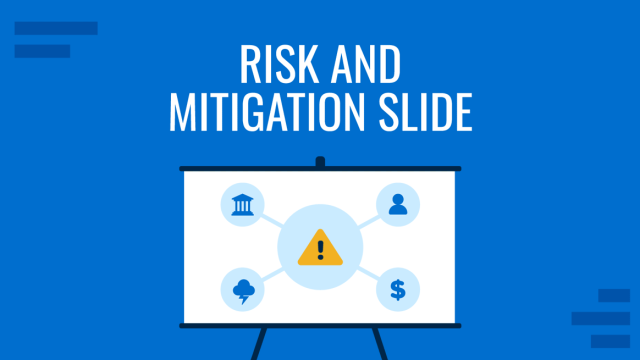
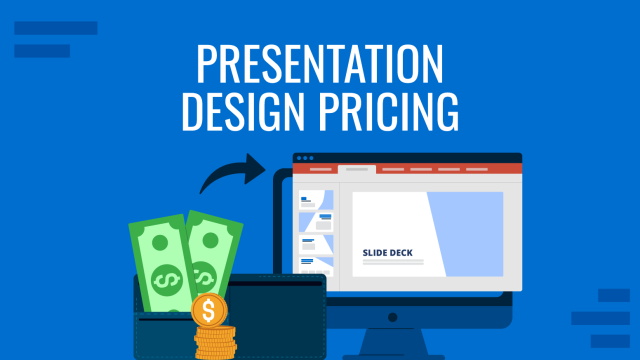

This is a very educative publication. It is highly commendable.